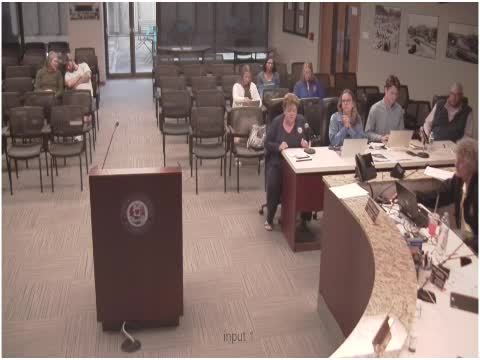Housing Crisis Deepens as Rents and Prices Soar
August 28, 2024 | Allentown City, Lehigh County, Pennsylvania
This article was created by AI summarizing key points discussed. AI makes mistakes, so for full details and context, please refer to the video of the full meeting. Please report any errors so we can fix them. Report an error »

In a recent government meeting, officials highlighted a significant housing crisis affecting Allentown, where rents have surged by 45% and home prices by 65% over the past five years. This alarming trend has led to a depletion of naturally affordable housing, defined as rentals under $1,000 and homes priced below $200,000 without subsidies.
The discussions revealed that residents earning the city's median income can no longer afford typical housing options, a stark contrast to 2019 when such affordability was attainable. The meeting underscored the disproportionate impact of rising housing costs on low-income households, particularly among communities of color, who face higher eviction rates and an increased risk of homelessness.
Jennifer Gomez, a key speaker, presented findings from a comprehensive housing study that assessed homeownership, rental affordability, and income levels. The study indicated that many essential workers, including laborers and home health aides, are unable to afford the average rent of $1,250 for a one-bedroom apartment. Furthermore, disparities in homeownership rates were evident, with white households significantly more likely to own homes compared to other racial and ethnic groups, particularly among those earning between 50% to 80% of the area median income.
To address these challenges, officials are employing a market value analysis tool to better understand the local real estate landscape. This analytical approach aims to identify areas of high demand and those in distress, guiding effective housing and community development strategies. The meeting concluded with a call for targeted interventions to combat the housing crisis and ensure equitable access to affordable housing for all residents.
The discussions revealed that residents earning the city's median income can no longer afford typical housing options, a stark contrast to 2019 when such affordability was attainable. The meeting underscored the disproportionate impact of rising housing costs on low-income households, particularly among communities of color, who face higher eviction rates and an increased risk of homelessness.
Jennifer Gomez, a key speaker, presented findings from a comprehensive housing study that assessed homeownership, rental affordability, and income levels. The study indicated that many essential workers, including laborers and home health aides, are unable to afford the average rent of $1,250 for a one-bedroom apartment. Furthermore, disparities in homeownership rates were evident, with white households significantly more likely to own homes compared to other racial and ethnic groups, particularly among those earning between 50% to 80% of the area median income.
To address these challenges, officials are employing a market value analysis tool to better understand the local real estate landscape. This analytical approach aims to identify areas of high demand and those in distress, guiding effective housing and community development strategies. The meeting concluded with a call for targeted interventions to combat the housing crisis and ensure equitable access to affordable housing for all residents.
View full meeting
This article is based on a recent meeting—watch the full video and explore the complete transcript for deeper insights into the discussion.
View full meeting